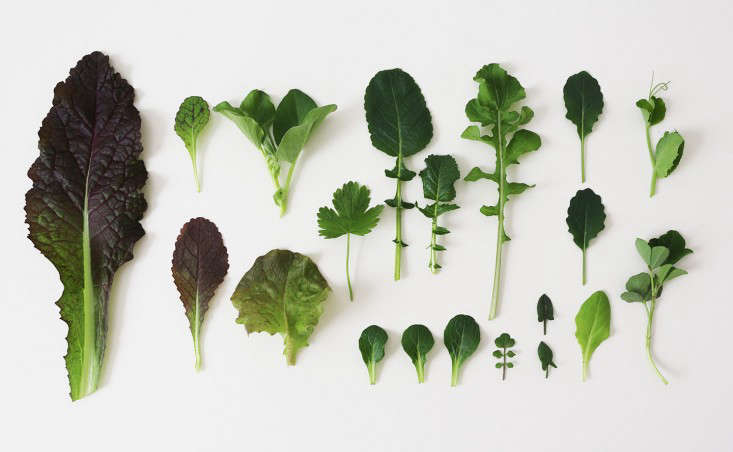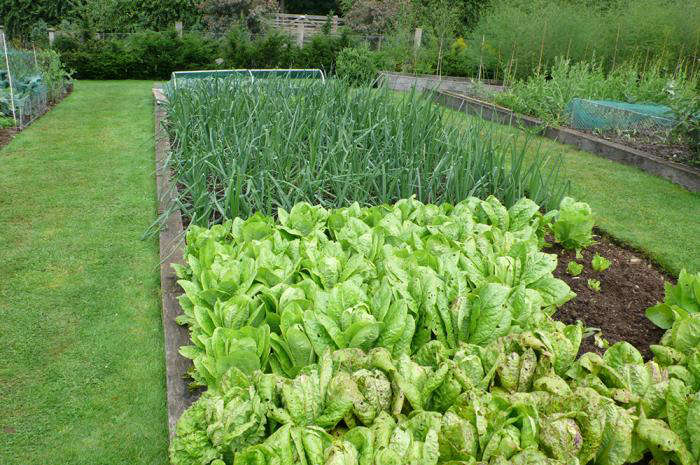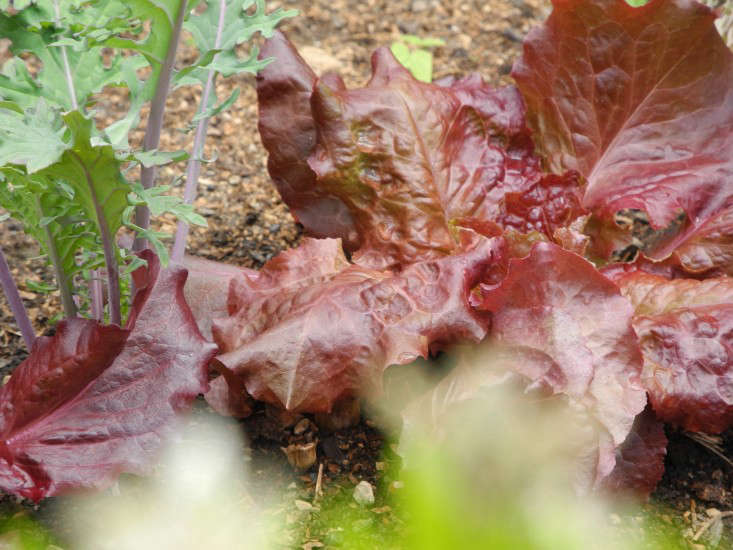Lettuce, Lactuca sativa: “Backyard Salad Bar”
Lettuce season is upon us. Prepare to plant your spring salad; you can sow lettuce seeds in the garden two weeks before your last frost date (find the date at The Old Farmer’s Almanac Last Frost
Date Calculator).
The Roman emperor Augustus erected a statue in honor of lettuce? Of course he did. Who wouldn’t? One of our oldest cultivated foods, lettuce and its wild cousins have served humans for thousands of years as medicine, religious symbol, narcotic, virility booster, and kitchen delicacy. Emperor Augustus was in awe of its pain-killing properties.

After you plant lettuce seeds, you can expect them to sprout within eight days if the average daily soil temperature is between 55 degrees and 75 degrees (which means you will be able to sow another crop in early autumn).
To grow your own salad bar in the backyard, plant at least one or two of each of the four main types of lettuce: romaine, loose-leaf, butterhead, and heading. An easy crop to grow, lettuce is a seed saver’s delight. You can pick from hundreds of heirloom varieties to match your lettuce to your climate, color preferences, and tastes.

Sprouted trout lettuce (shown above) is a tender romaine lettuce with speckles. A packet of Spotted Trout Lettuce organic seeds is $3.95 from Seed Library.

Baby lettuce is harvested at Greyfield Inn (and headed for the dinner menu) on Cumberland Island in Georgia. See more at Greyfield Gardens: A Chef’s Dream on a Remote Georgia Island.
Cheat Sheet
- Mix edibles and ornamentals. Ruffly leaves make lettuce an attractive front-of-the-bed companion to flowers.
- Lettuce is an annual; it’s hardy in all growing zones.
- Lettuces are resistant to frost and can fill holes in the early spring garden.

Keep It Alive
- Lettuces prefer moist, well-drained soil.
- Lettuce will grow in either full sun or partial shade.
- Beware, lettuce bolts quickly in hot weather.

Lettuce seeds don’t germinate well after the temperature reaches 80 degrees, but luckily they don’t need light to germinate; start them in a cool, shady spot or in a cold frame. Plant in early spring, and keep planting in small amounts every seven to 10 days until midsummer for a steady supply.

Are you planning your spring garden? For more growing tips, see Lettuce 101: A Field Guide and for layout and design ideas, see our curated guide to Edible Gardens 101. See our plant guides for Edibles to avoid growing bent Carrots, to grow bushier Basil, and for help with your Tomatoes. And don’t miss:
- 65 Backyard Plants You Didn’t Know You Could Eat
- Required Reading: Salad for President
- Plant-Based Diet: How to Grow 5 Delicious Foods You Never Find in Shops
- Six Seasons: Required Reading for Gardeners in the Kitchen
Finally, get more ideas on how to successfully plant, grow, and care for lettuce with our Lettuce: A Field Guide.
Interested in other edible plants for your garden? Get more ideas on how to plant, grow, and care for various edible plants (including flowers, herbs and vegetables) with our Edible Plants: A Field Guide.









Have a Question or Comment About This Post?
Join the conversation